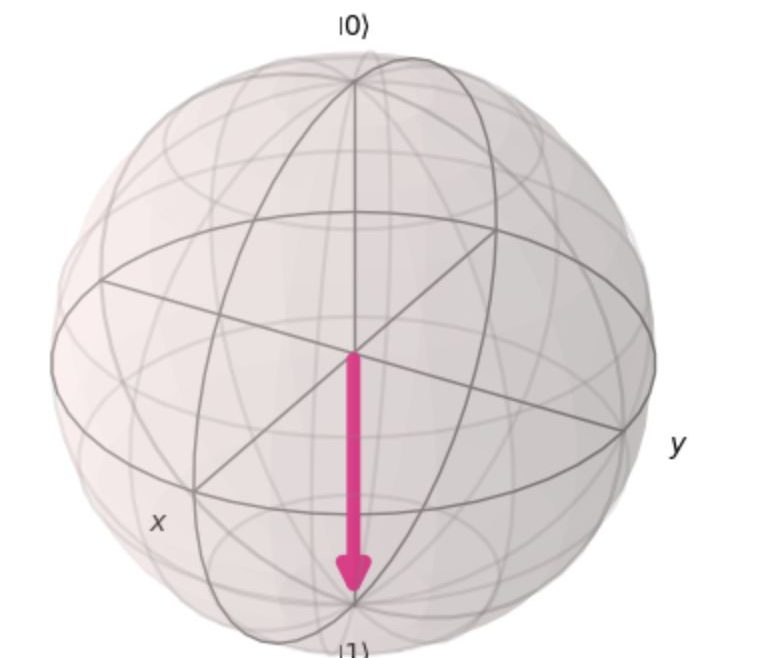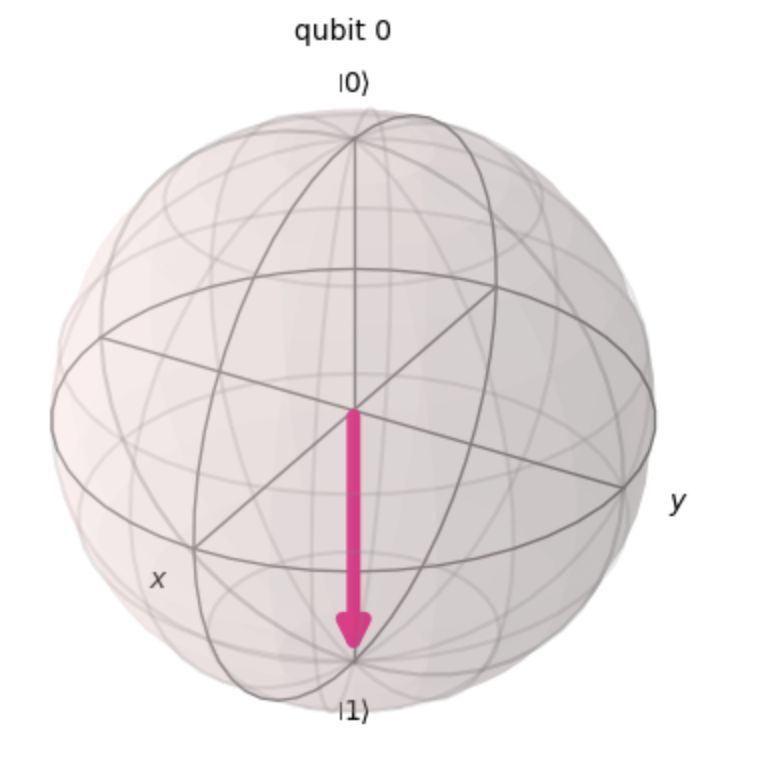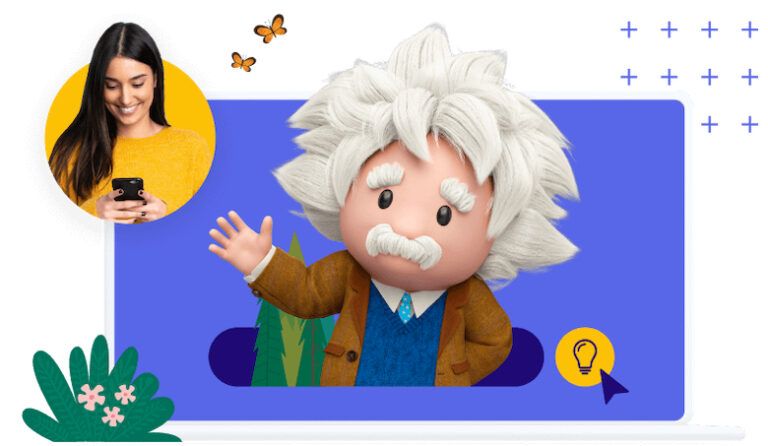When you look at the logo of TestingSaaS you see a green magnifying glass.
One of the reasons I selected the color green was because of my biology-background at Wageningen University & Research.
For the future there will be another reason.
When I was in Ireland a few weeks ago the color green was everywhere.
And the I got an epiphany, something to work on when I was back at my home.
See the recent posts of me, Cordny Nederkoorn, and guess what it will be.
DM me if you know 🙂
Experiments are going on now, and it looks promising.
One step at a time.
To be continued!













